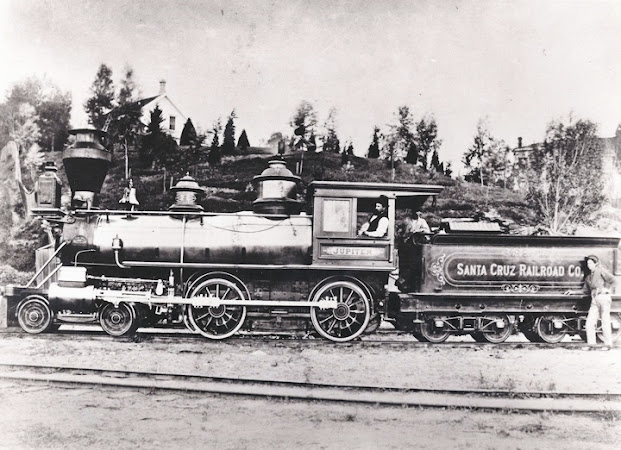America’s Investment in the Railroad Systems in the 90s
America’s Investment in the Railroad Systems in the 90s
The 1990s were a decade of transformation and growth for the American railroad industry. Thanks to deregulation, technological innovation, and increased productivity, the nation’s railroads moved more goods than ever before, while becoming more profitable and efficient. In this blog post, we will explore some of the key factors and events that shaped the railroads of the 1990s.
One of the most important turning points in the history of American railroads was the Staggers Rail Act of 1980, which gave the railroads the freedom to adjust their prices in response to market conditions, without excessive government interference. This legislation sparked a wave of changes within the industry, such as mergers, abandonments, cost-cutting, and customer service improvements. The Staggers Act also helped revive Conrail, the federally owned railroad that had been losing money for years. In 1987, Conrail became a publicly traded company on the New York Stock Exchange, after achieving profitability and quality performance.
Another factor that contributed to the success of the railroads in the 1990s was the adoption of cutting-edge technology. Railroads applied technology to almost every aspect of their operations, from locomotives and freight cars to tracks and bridges. Some examples of technological innovations include smart sensors, drones, data analytics, training simulators, and positive train control (PTC), a system that prevents certain types of human-caused accidents by automatically stopping a train. Technology also helped railroads improve their fuel efficiency and environmental impact, as they could move one ton of freight an average of nearly 500 miles per gallon of fuel.
The railroads of the 1990s also benefited from the growing demand for freight transportation in the U.S. and abroad. The U.S. Department of Transportation expected total freight demand to grow 30% by 2040, which meant that the investments made by railroads in the 1990s were crucial for meeting future needs. Railroads served almost every industry in the country, from automakers and homebuilders to manufacturers and utilities. They also hauled one-third of all U.S. exports, helping American businesses stay competitive in the global economy. The average U.S. freight rail rates were 44% lower in 1994 than in 1981, which meant that shippers could move more freight for less money.
In conclusion, the 1990s were a remarkable period for the American railroad industry, as it underwent a series of changes that made it more modern, efficient, and profitable. The railroads of the 1990s were shaped by deregulation, technology, and market forces, which enabled them to provide better service to their customers and society at large.


Comments
Post a Comment